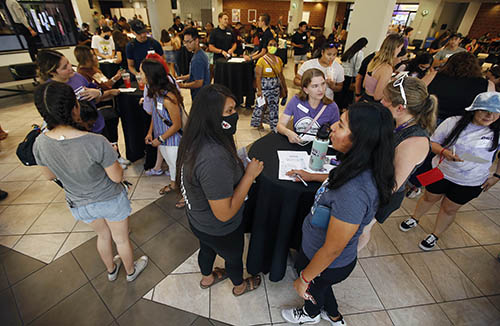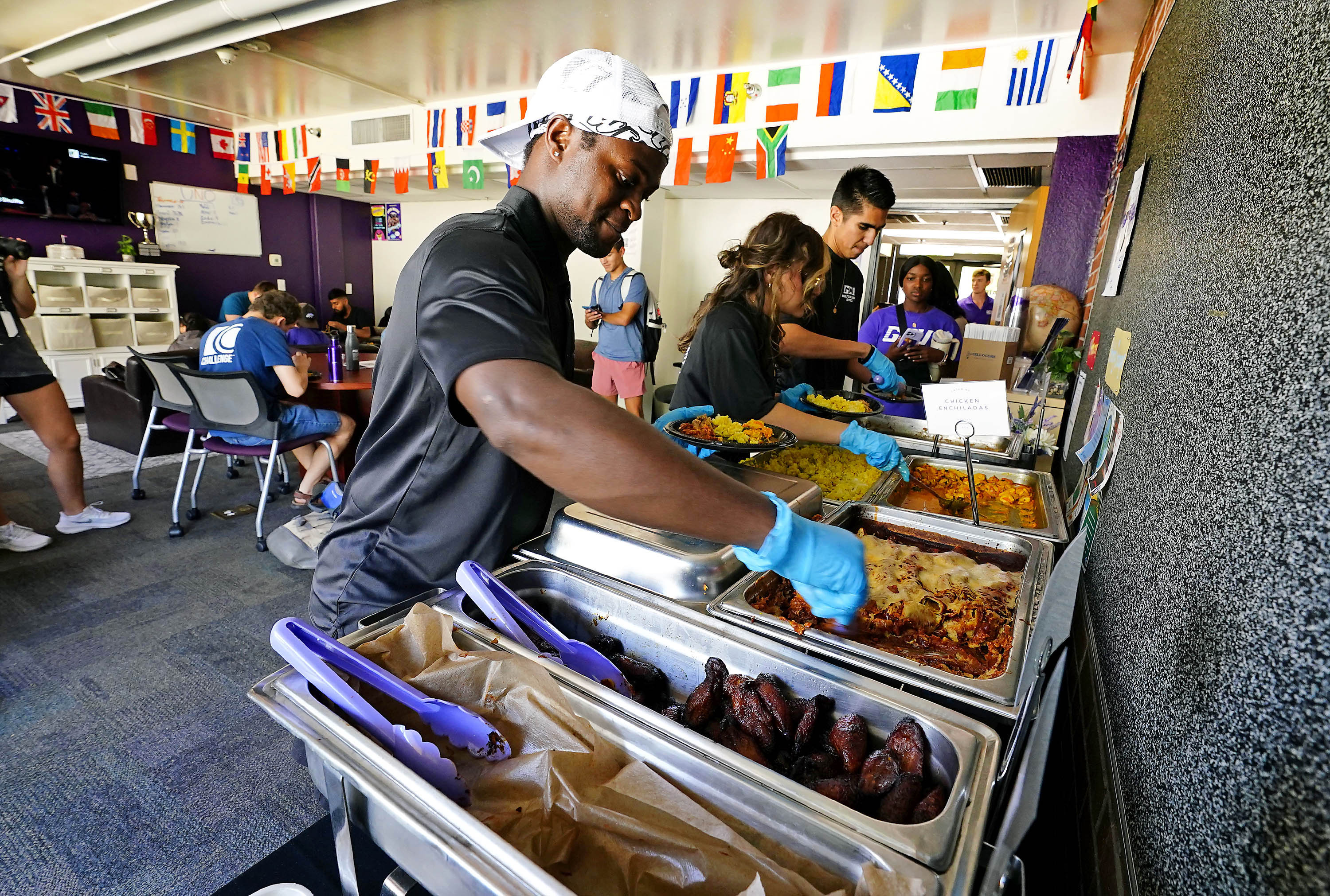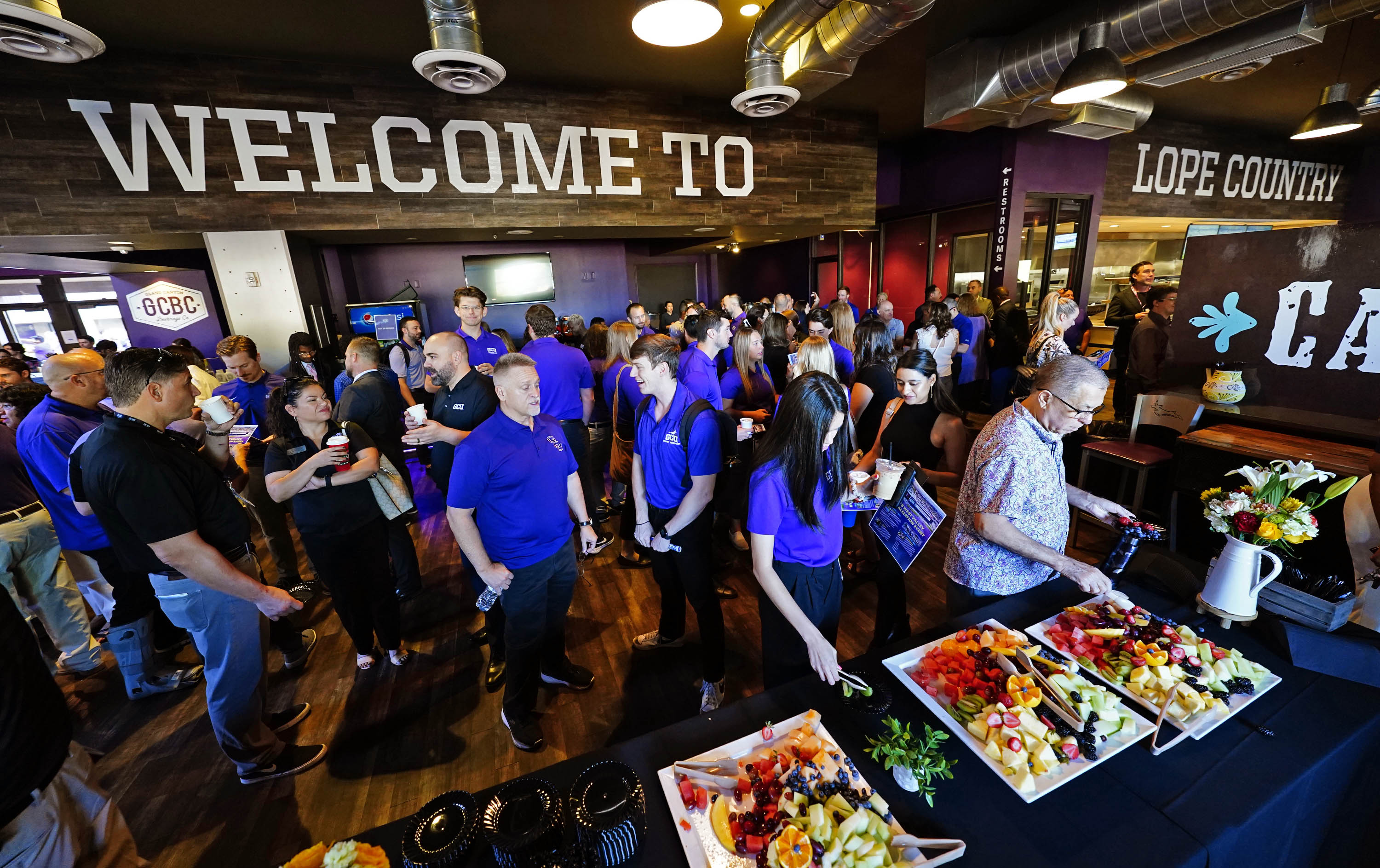By Liz Cook
Registered Dietitian, Canyon Health and Wellness Clinic
Like many things in life, when it comes to eating healthier, a little planning goes a long way.
Planning your meals ahead of time saves you time and energy at the end of a busy day and can help you default to a healthier option than calling for takeout. Use these six steps each week to set yourself up for a successful week of healthy eating!
Start with dinner
Dinner is usually a bigger, more involved meal, so start here and get the hardest one out of the way first.
Start by thinking about your week ahead. How many nights will you cook dinner at home? Do you have any evening activities or late meetings that will limit time to prep dinner certain nights? How many people will you be cooking for each night?
After you have a good idea of which nights you plan to cook dinner at home and more details on those nights, pick what you will make for dinner each night. It’s totally OK to build in a night or two to go out, to get takeout, to use something you have frozen or to eat leftovers. The key here is to plan what’s going to work for you!
It’s very helpful to keep a bank of your go-to recipe ideas and use it during this step. I keep mine saved on Pinterest, but you can use anything – Pinterest, Yummly, a note in your phone, a paper list – do what works for you!
When it’s time to make your plan for the week, pull up your list, and use that to guide most of your meals. I like to add a new recipe or two here and there, but for the most part I stick to my staple meals.
I highly recommend building up a list of recipes you and your family enjoy to make this step easier each time. Speaking of family, be sure to ask the others in the house if they have any suggestions, too!
Another tip to help with dinner ideas is to have a weekly rotation or template. For example – one Italian-themed meal, one Mexican-themed meal, one CrockPot meal, one stir fry, one soup …
If you have a general idea of the type of meal you’d like to make each day, planning is even easier!
Break it down
After you’ve determined the meals you’re going to make each night, list every ingredient for each of those meals. List all veggies, proteins, grains, sauces, spices – all of it. There’s nothing worse than being 95% of the way done cooking and realizing you’re all out of one ingredient you really need.
After it’s all listed, take an inventory of what you already have stocked in your kitchen so you know what you need to buy.
Start your list
At this point, start your shopping list. Add to your list all the items you need for dinners and do not have in stock at home.
You can choose whether you want to go with a paper list, use the notes on your phone, or even use the app of the store where you like to shop. As with all of this, whatever is going to work best for you is the best option.
It’s helpful to write down quantities of all items as well. For example, if you need one onion for three different recipes, add “3 onions” to your list. The more specific you are, the easier shopping will be.
To make your life even easier, categorize your items. List all the veggies together, all the fruits together, all the items from the center aisles together, etc. This makes shopping much easier and prevents you from having to go back across the whole store for a few things you forgot.
If you shop at the same store each week, you even can start to put the items in order by the way you go through the store – maximum efficiency right there!
Move on to lunches
Once dinners are done, move on to planning lunches. Are you going to use leftovers from dinner? Are you going to meal prep? Are you going to just quickly throw together something that doesn’t require cooking? Decide your plan of action.
Once you have your ideas, repeat steps 2 and 3. Write out everything you need for your lunches and add those ingredients to your list.
Breakfast is next
We’re on to the final meal of the day. You may have a few go-to breakfasts you rotate between, you may meal prep your breakfast or you may grab something and go.
Whatever you do in the morning, make sure you’re stocked and ready for it. Repeat steps 2 and 3 for breakfast as well. Think about including a fun weekend breakfast to switch things up – variety is always good!
Don’t forget snacks and staples
Last, but not least, plan the snacks you want in stock. Plan some healthy options as well as some fun ones. Make sure that you’re not skipping this step, or you’ll likely find yourself making a midafternoon trip to the store when the snack cravings hit.
Remember the 80/20 rule, and don’t feel as if you can only buy the healthiest snacks available. If you’re never going to snack on celery sticks, don’t buy them – they’ll just go to waste. Be realistic here and check out this article if you need some healthy snacking inspiration.
Don’t forget to add the staples you keep around the house – I like to keep a list like this in my kitchen to check those things off as they run out so it’s less brainpower at meal-planning time.
****
Using these steps should help tremendously on the mission to eat healthier. Making sure you’re well stocked and have good ideas to fall back on is always better than leaving it up to your tired, stressed, hungry, end-of-the day self.
Try designating a weekly shopping day and sticking to the same day each week to build a solid routine. Figure out what works for you in terms of keeping a recipe bank and a running shopping list.
It’s going to look a little bit different for everyone, but as long as it works for you, you’re on the path to success!




































